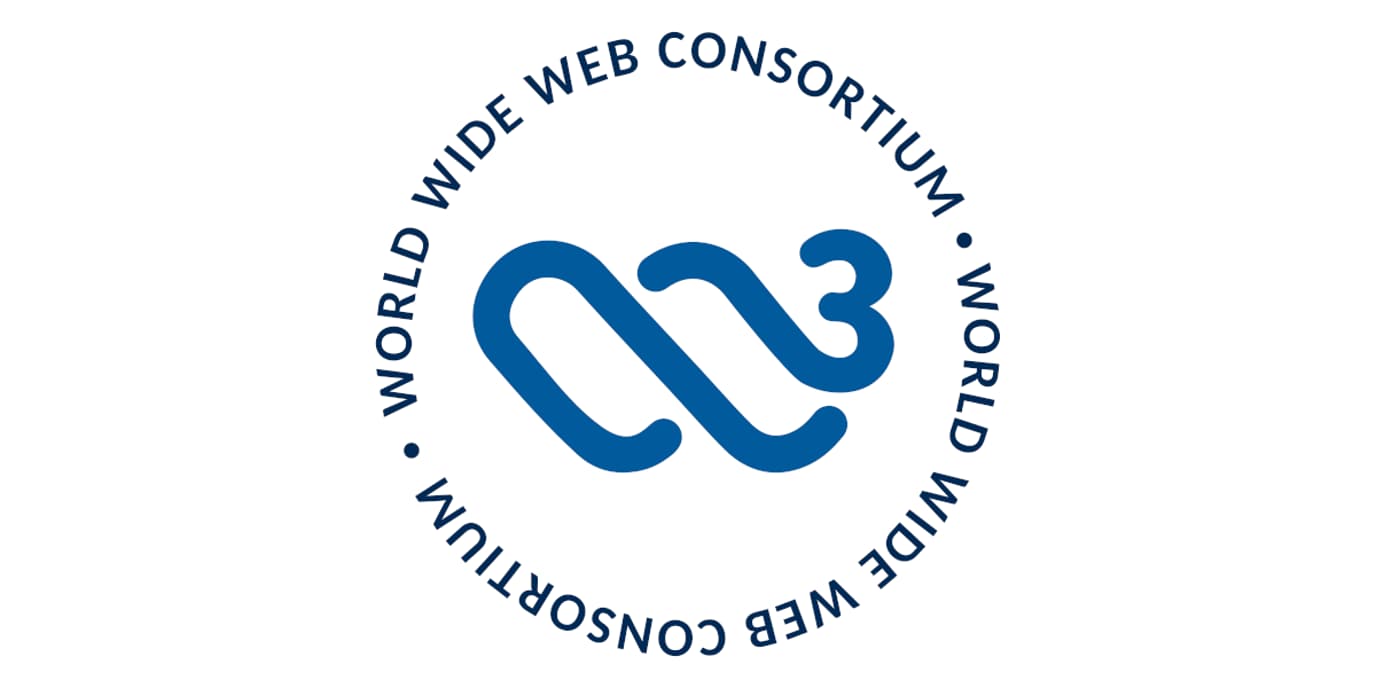WCAG 3.0 is still a draft, but it represents a major step forward in how we define and deliver digital accessibility. It sets a new direction that organisations should understand now to avoid falling behind.

WCAG 3.0 is on the horizon, and although it is still a working draft, it represents the biggest evolution in accessibility standards for more than a decade. It goes far beyond the incremental technical updates we’ve seen in recent years and marks a wider shift in how we design and build digital experiences for everyone.
The draft was published in early September, and it will take a few years to be finalised. Even so, organisations planning accessibility improvements or new digital platforms should pay attention now. Preparing early helps avoid unnecessary rework later and reinforces an important point: accessibility is not something that can be rushed or achieved through shortcuts. It depends on thoughtful, long-term commitment across design, content and development.
Refresher – what is WCAG?
WCAG stands for the Web Content Accessibility Guidelines. They are created by the World Wide Web Consortium (W3C), the international organisation responsible for setting accessibility standards across the web and digital technologies.
The very first version was released in 1999, when the web looked nothing like it does today. It then took nine years for WCAG 2.0 to arrive in 2008. Another decade passed before WCAG 2.1 was published in 2018. This update was significant because it coincided with the introduction of the Public Sector Bodies (Websites and Mobile Applications) (No. 2) Accessibility Regulations 2018, which made accessible websites a legal requirement for public sector organisations in the UK.
The next update came more quickly. WCAG 2.2 was released in 2023 and introduced several important changes, including clearer rules around focus states, requirements to prevent hidden or unreachable controls, improvements for touchscreen users and stronger guidance for users with cognitive and mobility impairments.
Why now for a new update to WCAG?
WCAG 2.0 to 2.2 was created at a time when most digital experiences happened on desktop web pages. Today, people interact through mobile apps, embedded interfaces, touchscreens, voice assistants, smart devices, augmented reality and virtual reality.
WCAG 3.0 is responding to this shift. It expands the scope so that the same accessibility principles apply across platforms and technologies. This is an important change because accessibility should not depend on the device someone is using. It should be consistent, predictable and inclusive everywhere.
The draft also notes that earlier versions remained relevant for so long because they were flexible. However, the way people use technology has evolved, and a new model is needed to give a more complete, future-proof approach.
What will WCAG 3.0 cover and change?
The draft document for WCAG 3.0 makes it clear from the start that the list of requirements is longer than the current list of success criteria. This is intentional. The requirements are more granular, and the goal is to be as inclusive as possible across a wide range of user needs and technologies.
Here’s a look at some of the key changes, but you can see the full details on the W3C site.
What content will be covered:
WCAG 3.0 expands the scope of what counts as “web content”. It covers digital experiences across:
- Desktops
- Laptops
- Tablets
- Mobile devices
- Wearable devices
- Other Web of Things devices
It also applies to a wide range of content types, including:
- Static
- Dynamic
- Interactive
- Streaming content
- Visual and auditory media
- Virtual and augmented reality
- Alternative access presentation and control methods
In addition, the guidelines cover related tools that shape or deliver digital content, such as:
- User agents (browsers and assistive technologies)
- Content management systems
- Authoring tools
- Testing tools
Measuring accessibility:
How accessibility is measured is one of the biggest shifts in WCAG 3.0. The current A, AA and AAA ratings will be replaced with Bronze, Silver and Gold. More importantly, measurement will no longer focus on ticking off technical criteria. Instead, it will evaluate whether a person with a disability can genuinely complete a task.
This is a major change. There are many websites that technically “pass” accessibility checks but still fall short in real use. The rise of accessibility plugins and overlays has added to this problem, creating the illusion of compliance without solving underlying issues. WCAG 3.0 will make this much harder to gloss over.
It also highlights a crucial point about accessibility testing. Automated checkers can help identify issues, and tools like ours are valuable for monitoring and reporting. But they can’t replace accessible design, human judgement and manual testing that reflects how people actually use websites, platforms and apps. Real accessibility needs all of these working together.
A wider focus on accessibility:
WCAG 3.0 places far more emphasis on disabilities beyond the physical, including cognitive, learning and sensory disabilities. These needs affect a significant proportion of the population. For example, almost 2.5 million people in England are estimated to have ADHD, including those without a formal diagnosis. The National Autistic Society also estimates that more than one in 100 people are autistic.
This broader focus means design will play a greater role within accessibility. Functionality alone is not enough. Clear content, predictable patterns, reduced cognitive load and thoughtful interaction design are all essential to supporting users with a wide range of needs.
What WCAG 3.0 means for organisations
The draft states that content conforming to WCAG A and AA will meet most of the minimum conformance level in WCAG 3.0. However, because the new standard introduces wider requirements and a different measurement model, additional work will be needed to reach full conformance.
For organisations, this means taking a fresh look at their content, design and functionality. Meeting WCAG 3.0 will require a clear plan to identify gaps and address any shortcomings, rather than assuming that current compliance automatically carries over.
Will this change the law around what is required for accessibility?
WCAG 3.0 is still a draft, so it must be finalised before any legal changes can be considered. However, given that accessibility regulations have not been updated since 2018, it is reasonable to expect that new legislation could eventually require conformance with WCAG 3.0.
W3C states that some organisations may wish to continue using WCAG 2, while others may migrate to 3.0, and transition support materials will be provided to help with this.
Even without an immediate legal requirement, it is realistic to assume that regulatory changes will follow once WCAG 3.0 is complete. With the scale of the updates and the broader, more inclusive approach it introduces, organisations that do not prepare may start to appear outdated or less committed to accessibility. The growing number of legal challenges involving accessibility overlays and plugins already shows that shortcuts are being scrutinised. WCAG 3.0 will only strengthen the expectation for meaningful, user-centred accessibility rather than surface-level ‘fixes’.
In summary
W3C has been clear that WCAG 3.0 is intended to be a living standard. It will evolve as technology and user expectations continue to change, recognising just how rapidly the digital landscape is shifting.
This draft is a positive step because it encourages organisations to treat accessibility as an ongoing practice rather than a one-off milestone. It also makes it harder to rely on superficial fixes or shortcuts, reinforcing the need for thoughtful, user-centred design and development.
WCAG 3.0 represents a more human, practical and future-proof approach to accessibility. It aligns with how people actually use digital products today and sets a stronger foundation for the inclusive experiences they should expect tomorrow.





